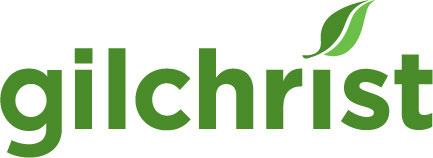New Year, New Opportunity to Take Care of Your Planning
At Gilchrist, we help people live fully through every stage of life. We are honored to support patients and their loved ones as they navigate aging, serious illness, and end-of-life care. But planning ahead isn’t just for those who are older or facing illness—it’s important for everyone at any stage of life. The start of a new year is a perfect time to plan for the future and ensure your wishes are clear and respected. Gilchrist is here to guide you and your loved ones in creating a plan that reflects your values, goals, and priorities.
What is Advance Care Planning?
Advance care planning is not just about preparing for the future; it’s about empowering you to take control of your healthcare choices now. Advance care planning helps adults of all ages understand and communicate their medical care preferences. The process includes:
- Identifying Your Values and Goals: What matters most to you? What are your medical care preferences—or treatments you want to avoid?
- Having the Conversation: Discuss your wishes with your family, trusted friends, healthcare providers, and spiritual leaders.
- Documenting Your Plan: Write down your wishes and share copies with those who need them, including your medical providers.
Key Documents to Consider
1. Advance Directive
An advance directive is a legal document that conveys your medical care preferences should you become unable to make decisions for yourself. It includes:
- Healthcare Agent: Someone you appoint to make medical decisions on your behalf.
- Living Will: Instructions for care in specific situations, such as resuscitation or life support.
- After-Death Wishes: Preferences regarding organ donation, burial, or cremation.
2. MOLST (Medical Orders for Life-Sustaining Treatment)
A MOLST form is a set of medical orders completed by your physician or advance practitioner that outlines your wishes for treatments such as CPR, feeding tubes, or intubation. Unlike an advance directive, a MOLST is designed for immediate medical care and follows you across care settings.
3. Estate and Financial Planning
Having a plan for your finances and assets is equally important. Key documents include:
- Will: Specifies how your property and assets will be distributed.
- Durable Power of Attorney for Finances: Appoints someone to handle your financial matters.
- Living Trust: Allows a trustee to manage your assets if you cannot.
Starting the Conversation
Talking about advance care planning can be uncomfortable, but it’s one of the most compassionate things you can do for yourself and your loved ones. Here are some steps to get started:
- Reflect on what matters most to you.
- Start Small: Share your thoughts with a trusted loved one.
- Ask for Guidance: Talk to your doctor or Gilchrist team about completing an advance directive or MOLST.
Checklist for Getting Your Affairs in Order
- Plan for your health care:
- Complete an advance directive.
- Discuss and document your preferences for care in specific scenarios.
- Organize your financial documents:
- Write or update your will.
- Assign a durable power of attorney for finances.
- Keep everything in one place.
- Talk to loved ones: Share your plans so there are no misunderstandings in the future.
- Review and revise annually.
Planning for the future may seem overwhelming, but taking these steps today will provide peace of mind for you and your loved ones. Whether you are young and healthy or living with a serious illness, it’s never too early to take charge of your future. At Gilchrist, we are here to help you live fully—and plan fully—every step of the way.


